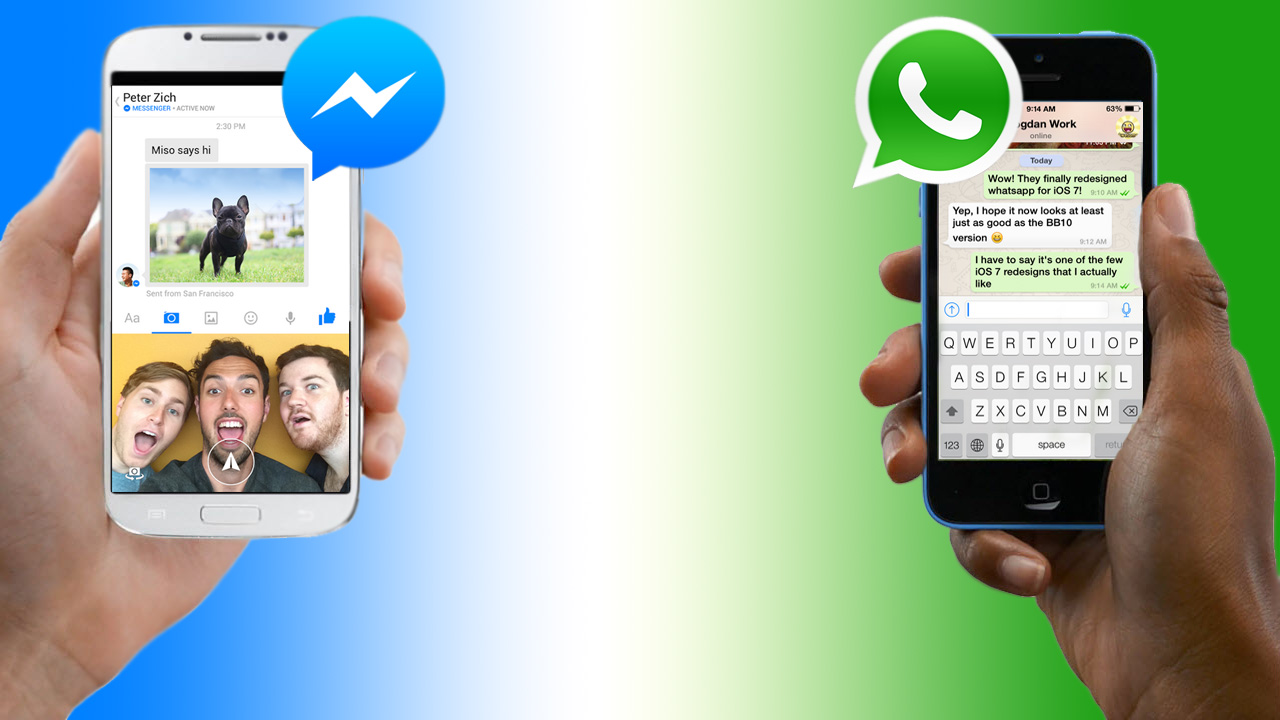

The following is a list of applications that use the Double Ratchet Algorithm or a custom implementation of it:

#WHATSAPP VS CRYPTOCAT CODE#

Therefore, with every message a client using the double ratchet advances one of two hash ratchets (one for sending, one receiving) which get seeded with a common secret from a DH ratchet. The protocol provides confidentiality, integrity, authentication, participant consistency, destination validation, forward secrecy, backward secrecy (aka future secrecy), causality preservation, message unlinkability, message repudiation, participation repudiation, and asynchronicity.Įncrypting Matrix Building a universal end-to-end encrypted communication ecosystem with Matrix and OlmĪ client renews session key material in interaction with the remote peer using Diffie–Hellman ratchet whenever possible, otherwise independently by using a hash ratchet. The developers refer to the algorithm as self-healing because it automatically disables an attacker from accessing the cleartext of later messages after having compromised a session key. a hash function and is therefore called a double ratchet. While dedicated secure messaging apps like ChatSecure and CryptoCat scored the highest, the EFF found Apples iMessage and FaceTime systems to be 'the best of the mass. It combines a cryptographic ratchet based on the Diffie–Hellman key exchange (DH) and a ratchet based on a key derivation function (KDF) like e.g. Facebook Chat, Snapchat and WhatsApp score just 2 out of 7, with each earning an extra point for code. After an initial key exchange it manages the ongoing renewal and maintenance of short-lived session keys. It can be used as part of a cryptographic protocol to provide end-to-end encryption for instant messaging. In cryptography, the Double Ratchet Algorithm (previously referred to as the Axolotl Ratchet) is a key management algorithm that was developed by Trevor Perrin and Moxie Marlinspike in 2013.


 0 kommentar(er)
0 kommentar(er)
